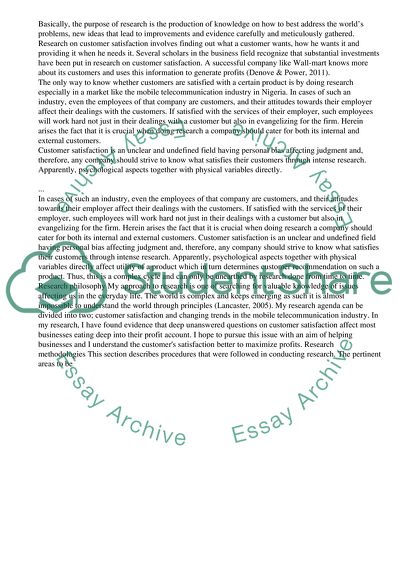Cite this document
(“Customer satisfaction in the mobile telecommunication industry Dissertation”, n.d.)
Retrieved from https://studentshare.org/business/1393911-customer-satisfaction-and-service-quality-in-the
Retrieved from https://studentshare.org/business/1393911-customer-satisfaction-and-service-quality-in-the
(Customer Satisfaction in the Mobile Telecommunication Industry Dissertation)
https://studentshare.org/business/1393911-customer-satisfaction-and-service-quality-in-the.
https://studentshare.org/business/1393911-customer-satisfaction-and-service-quality-in-the.
“Customer Satisfaction in the Mobile Telecommunication Industry Dissertation”, n.d. https://studentshare.org/business/1393911-customer-satisfaction-and-service-quality-in-the.


